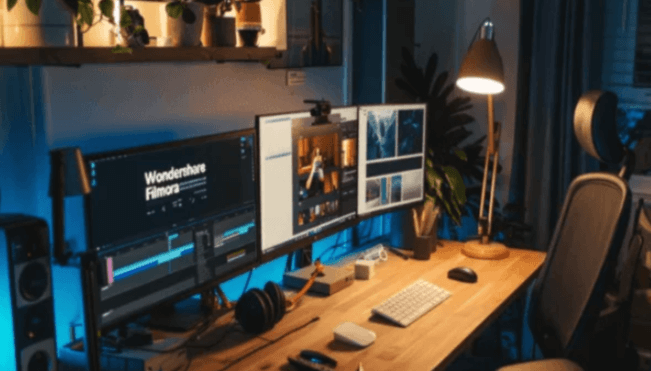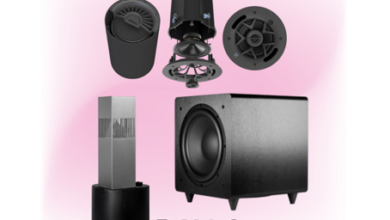Editing for Virtual Reality and 360-Degree Videos

The realm of editing for virtual reality and 360-degree videos presents a distinct set of challenges and opportunities that differ significantly from traditional formats. The necessity for advanced stabilization and intricate audio design plays a pivotal role in crafting an immersive experience. Furthermore, the integration of compelling narratives enhances viewer engagement, transforming passive observation into active participation. Understanding the nuances of these editing techniques is essential for anyone looking to succeed in this innovative medium, yet many creators overlook crucial aspects that could elevate their work. What are the overlooked elements that could redefine immersive storytelling?
Understanding VR and 360-Degree Formats
As virtual reality (VR) technology continues to evolve, understanding the nuances of VR and 360-degree formats becomes essential for creators aiming to craft immersive experiences.
By leveraging advanced VR technologies and utilizing 360-degree cameras, creators can enhance user interaction, allowing audiences to explore and engage with rich virtual environments.
This innovation fosters a sense of freedom, inviting users to journey through meticulously crafted realities.
Key Editing Techniques
Mastering key editing techniques is vital for harnessing the full potential of VR and 360-degree formats.
Employ advanced stabilization techniques to eliminate disruptive movements, ensuring a seamless viewer experience.
Complement this with meticulous color grading to enhance the immersive quality, allowing audiences to feel liberated within the narrative.
Importance of Spatial Audio
In the realm of virtual reality, the significance of spatial audio cannot be overstated. Immersive sound enhances the viewer experience, creating rich soundscapes that foster spatial awareness.
Effective audio localization and meticulous soundscapes design heighten emotional impact, drawing users deeper into the narrative.
However, overcoming technical challenges in audio mixing is crucial to achieving this innovative auditory freedom, making spatial audio essential for VR storytelling.
Creating Engaging Narratives
The immersive quality of spatial audio serves as a foundation for crafting compelling narratives in virtual reality.
By intertwining immersive storytelling with dynamic viewer perspective, creators can transport audiences into rich, multidimensional worlds.
This innovative approach encourages exploration, allowing viewers to forge their own paths within the narrative.
Engaging narratives empower users, granting them freedom to experience stories uniquely and personally.
Conclusion
The evolution of virtual reality and 360-degree video editing significantly enhances viewer engagement and immersion. Research indicates that 75% of viewers report a heightened emotional response when experiencing spatial audio alongside visual narratives, underscoring the importance of sound in these formats. Mastering advanced stabilization, meticulous color grading, and innovative audio techniques is essential for crafting seamless experiences that captivate audiences, inviting them to explore and interact within richly layered virtual environments.





